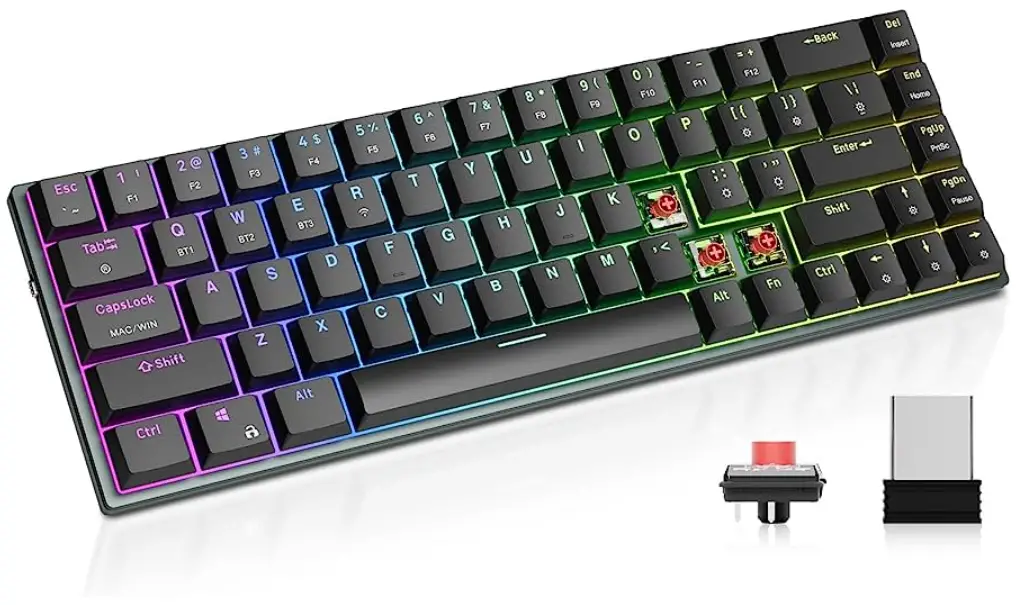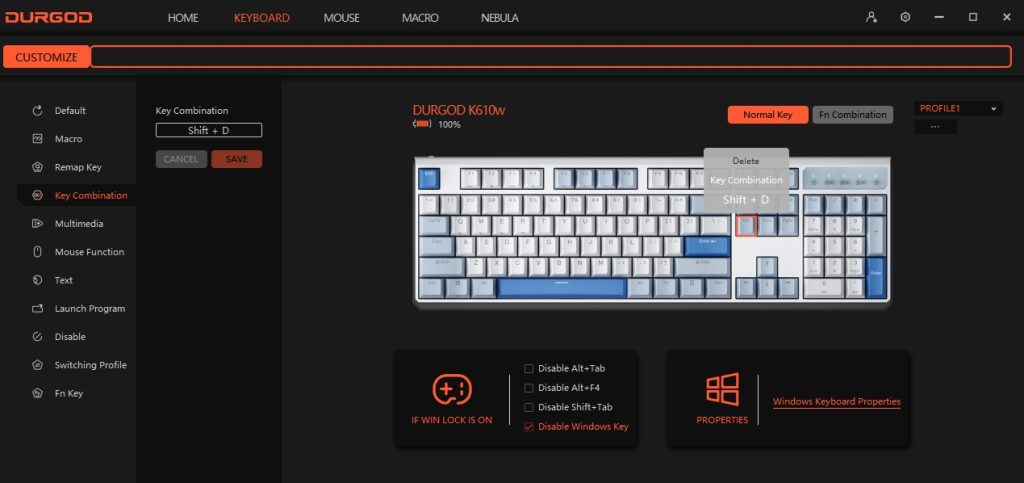In today’s fast-paced digital world, the term “2.4G wireless” has become synonymous with efficiency and reliability, especially when discussing peripherals like keyboards. But what exactly does 2.4G wireless mean, and why is it so pivotal in our daily digital interactions? Let’s delve into the world of 2.4G wireless connection technology, tracing its journey from inception to its current status and glimpsing into its future.

The Origins of 2.4G Wireless
The story of 2.4G wireless began in the early 1990s when this frequency band was designated for industrial, scientific, and medical (ISM) purposes. Unlike its predecessors, 2.4G wireless offered a unique blend of range and bandwidth, setting the stage for universal wireless communication standards like Wi-Fi and Bluetooth. Consequently, the “2.4G wireless” term now broadly refers to devices that operate within this band, including routers, mice, and, notably, keyboards.
The Rise of the 2.4G Wireless Keyboard
In the realm of computing, the 2.4G wireless keyboard has emerged as a staple for users ranging from beginners to advanced enthusiasts. These keyboards use a 2.4G wireless connection to communicate with computers, tablets, or smartphones, providing a clutter-free and responsive typing experience. Unlike Bluetooth connections, 2.4G wireless keyboards often come with a dedicated USB receiver, ensuring a stable connection with minimal latency – a critical factor for gamers and professionals alike.
Present Advantages of 2.4G Wireless Connection
Today, the appeal of a 2.4G wireless connection lies in its robust performance. It supports seamless, instantaneous communication between devices, crucial for real-time applications. Moreover, the technology behind 2.4G wireless keyboards has evolved, offering improved battery life and enhanced range, allowing for greater flexibility and mobility in how and where we use our devices.
The Future of 2.4G Wireless
Looking ahead, the future of 2.4G wireless technology appears bright and promising. With advancements in power efficiency and the ongoing miniaturization of transceivers, we can expect 2.4G wireless keyboards and other peripherals to become even more lightweight and longer-lasting. Furthermore, as the Internet of Things (IoT) continues to expand, the versatility of the 2.4G band will likely play a pivotal role in connecting a myriad of devices seamlessly.
In conclusion, 2.4G wireless technology has profoundly impacted how we interact with our digital devices. From the pioneering days of wireless communication to the advanced 2.4G wireless keyboards of today, this technology continues to offer a blend of reliability, speed, and convenience. As we look to the future, it’s clear that 2.4G wireless will continue to be at the heart of our digital lifestyle, making our interactions more seamless and efficient.
For more knowledge of mechanical keyboards, visit DURGOD.















